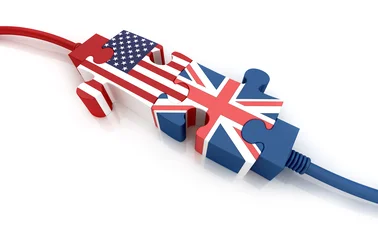
Back to the future
Insurers who have lost patience with their obsolete systems no longer have to start from scratch, says Paul Lang as existing applications can be refined with the aid of a new composite architecture known as 'legacy extension'
In the 1960s, insurance companies were among the first commercial enterprises to invest heavily in computer technology. But rather than reaping the benefits of their foresight, many large organisations have since slipped back, and are processing up to 70% of vital business data on legacy systems that, on average, first saw the light of day in 1990.
Bearing in mind the major advances in IT over the past 13 years, these systems have become 'antiques', requiring constant and expensive programming
Only users who have a paid subscription or are part of a corporate subscription are able to print or copy content.
To access these options, along with all other subscription benefits, please contact info@insuranceage.co.uk.
You are currently unable to print this content. Please contact info@insuranceage.co.uk to find out more.
You are currently unable to copy this content. Please contact info@insuranceage.co.uk to find out more.
Copyright Infopro Digital Limited. All rights reserved.
As outlined in our terms and conditions, https://www.infopro-digital.com/terms-and-conditions/subscriptions/ (point 2.4), printing is limited to a single copy.
If you would like to purchase additional rights please email info@insuranceage.co.uk
Copyright Infopro Digital Limited. All rights reserved.
You may share this content using our article tools. As outlined in our terms and conditions, https://www.infopro-digital.com/terms-and-conditions/subscriptions/ (clause 2.4), an Authorised User may only make one copy of the materials for their own personal use. You must also comply with the restrictions in clause 2.5.
If you would like to purchase additional rights please email info@insuranceage.co.uk







